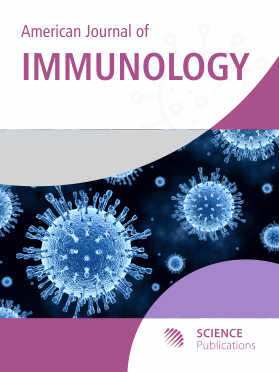Genomic Signature of Respiratory Microbes on Human Scalp Epithelia
- 1 CSIR-Indian Institute of Toxicology Research, India
- 2 Allahabad University, India
- 3 All India Institute of Medical Sciences, India
Abstract
Despite overlap between habitats occupied by diverse Airborne Respiratory Microbes (ARM), the airway epithelium is known for respiratory microbe infections, human scalp epithelium is undocumented. Analogous to airways epithelium, the scalp epithelium is vulnerable to infection by dormant variants of sensitive microbes that underlie many chronic and relapsing diseases, difficult to eradicate by conventional antibiotics and challenged our ability to treat chronic infection. Hence comprehensive understanding of scalp epithelium ARM load, its disposal and impact on the host, as well as the environment, remains to be defined; we need to know the portals of entry and the virulence potential of ARM in determining the impact on human health and well beings. Here we investigate the genomic signature of diverse ARM in inflammatory scalp programmed for desquamation. Spatial analysis of Mycobacterium tuberculosis (Mtb), Chlamydophila pnumoniae (Cp), Escherichia coli (E. coli), Respiratory Syncytial virus strain A/B (RSVA/RSVB) and Influenza virus (H1N1) in the Flakes of White Scales (FWS) from the hair bearing areas of the scalp by quantitative (q) PCR reveals flux of microbes ranging from ~106 to 108 copies/ng FWS-DNA. Mtb and 16SrRNA identity reaffirmed by amplicon sequencing. Absence of microbe gene expression signatures in FWS negates the presence of viable ARM, absence of E. coli adhesin mRNA indicates habitat rejection in coculture of epithelial cells and E. coli JM107 and absence of H1N1 hemaglutinin1 (H1) mRNA in FWS rules out canonical binding and downstream infection of neighboring cell by H1N1. We conclude that desquamated epithelium, in addition to Malassezia sp, bear diverse genomic signatures of non-virulent respiratory microbes, suggest an undefined portal of entry, helps in clearance of microbes and possess minimum risk of re-infection to neighboring cells and subjects.
DOI: https://doi.org/10.3844/ajisp.2015.74.84

- 5,662 Views
- 3,334 Downloads
- 0 Citations
Download
Keywords
- Respiratory Microbes Epithelium Human Infection
